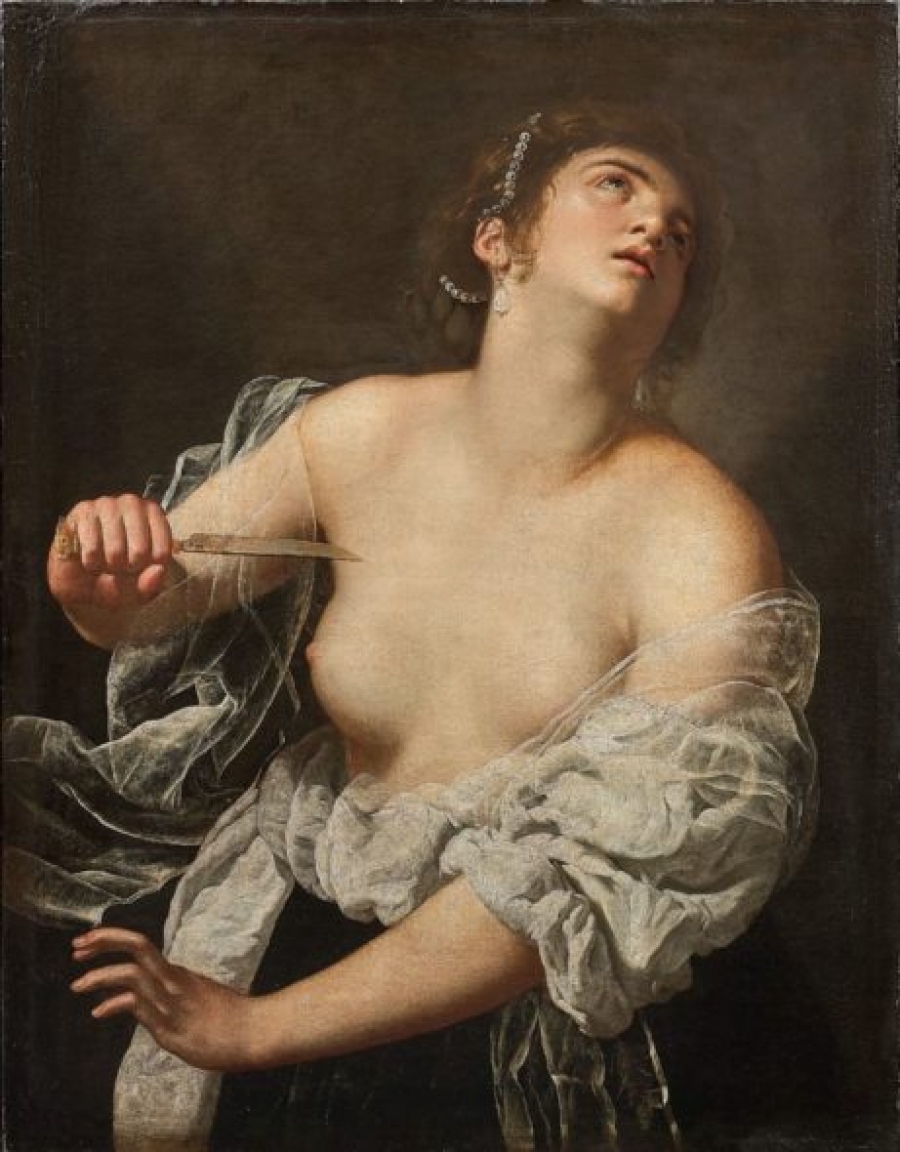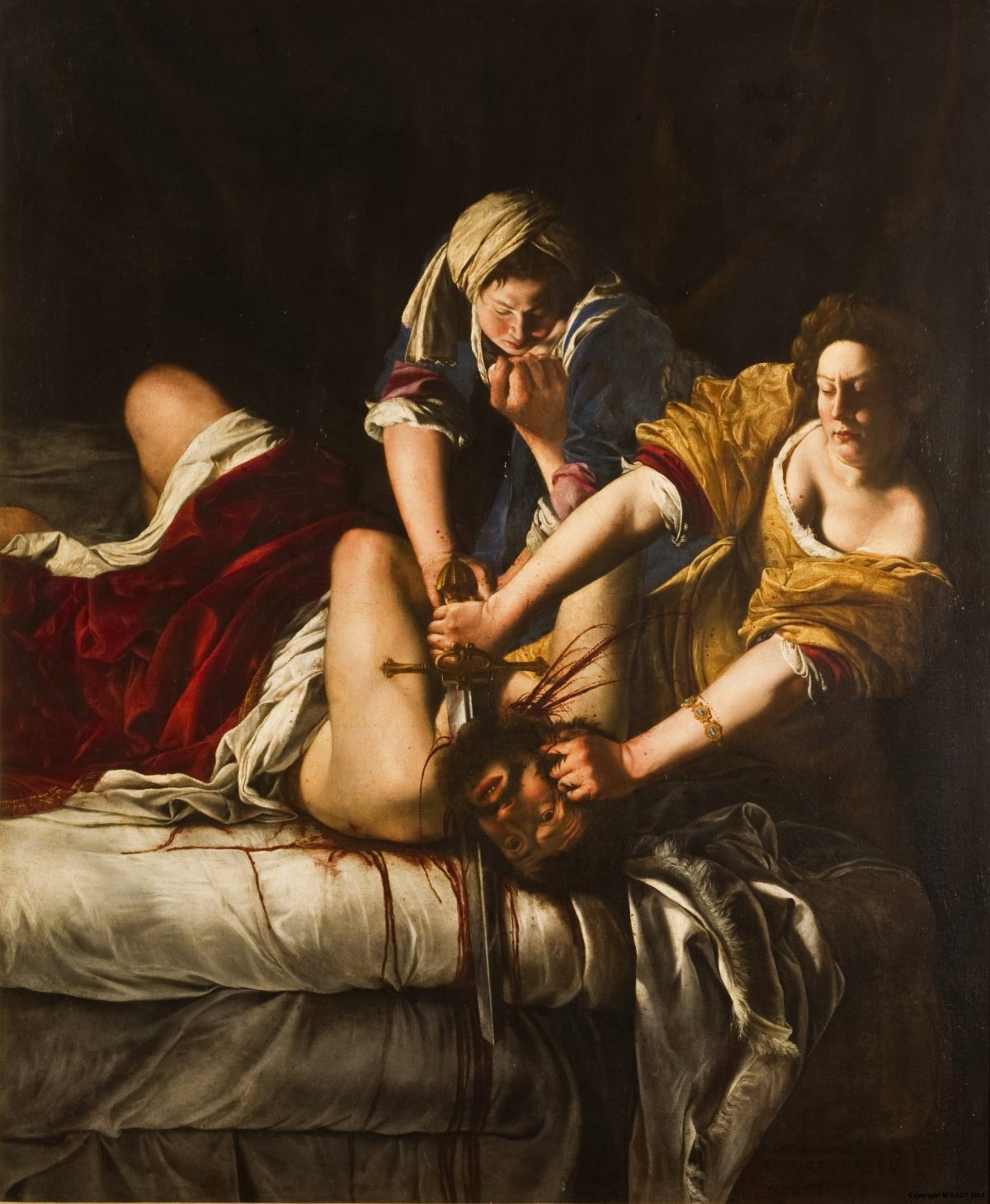
A newly discovered canvas by Italian Baroque painter Artemisia Gentileschi was sold for almost €4.8m.
The dramatic work exceeded the base estimate of between €600,000 and €800,000.
Actually, the work had remained in a private collection in Lyon, France for the last forty years. ‘Lucrezia’, painted between 1630 and 1637, dates back to the Neapolitan residence of Artemisia. The artist remained in this city until her death.
The artwork exemplifies a typical subject of Artemisia: that of strong and courageous women, such as Giuditta, Susanna or Salomè.
The figure of Lucrezia stands out half-length against the black background. In particular, the elements of Caravaggio’s ancestry are evident, even if mediated by her father Orazio Gentileschi.
Artemisia Gentileschi, feminist painter
Artemisia Gentileschi was the first painter to bring the abuse of women in the art of the seventeenth century. Thanks to her courage and skills, Artemisia Gentileschi challenged the customs of her time. In addition, Artemisia Gentileschi was the first female member of the Accademia di Arte del Disegno in Florence. Today she is remembered also as a symbol of feminism capable of transforming violence into beauty.

After many years in which the production of the artist was in the shadow, a renowned, surging interest is now growing around the baroque painter. Actually, it is extremely rare for Gentileschi’s works to come to the art market. In particular, never before one of her creations was auctioned for this amount. Finally, after centuries, Gentileschi is now recognized as one of the greatest painters of the post-Caravaggio era.
However, Artemisia was not only an innovator in the artistic field, but she also had the courage to denounce Agostino Tassi for rape, winning a trial during which she was even tortured. After this dramatic episode of her life, Artemisia specialized in mythological and Biblical scenes. These include representations of sexual assault and women enacting violence against men.
In particular, her most famous painting ‘Judith Slaying Holofernes’ (1620), shows the scene of Judith and her maidservants beheading the Assyrian general Holofernes. The artist’s work shows also an evolution in the role of women: from submissive to strong, and able of revenge over men. ‘Judith Slaying Holofernes’ also appeared in the 2018 Xenofeminist Manifesto.
The desire for revenge in ‘Lucrezia’ by Artemisia Gentileschi
‘Lucrezia’ depicts an episode from the Old Testament. The canvas was painted immediately after the rape trial in which Artemisia accused Agostino Tassi. For this reason, some art historians believe that the violence expressed by the episode represented is the result of Artemisia’s desire for revenge.
The half-length portrait of Lucrezia and the black background are elements of Caravaggio’s heritage. In particular, the figure almost emerges from the painting, creating a strong and suggestive result. The fate of Lucrezia, who kills herself after being a victim of rape, was particularly dear to Artemisia.
In a sign of Gentileschi’s growing importance in the art scene, the National Gallery in London will stage next year the first major exhibition of her work in the UK, collecting over 35 works from around the world.